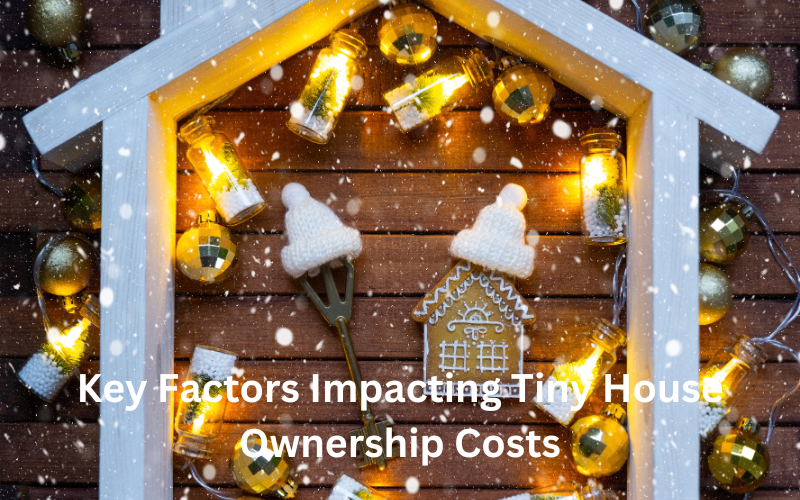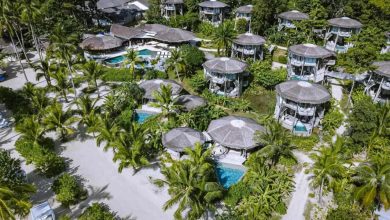When considering the costs associated with owning a tiny house, various key factors come into play. From where you decide to place your tiny home to the materials used in its construction, each choice can have a significant impact on your overall expenses. Factors such as energy efficiency and maintenance requirements also play a vital role in determining the long-term financial implications of tiny house ownership. As you navigate the world of tiny living, understanding how these elements interplay can help you make informed decisions to manage your costs effectively.
Key Takeaways
- Location greatly affects land prices and overall affordability.
- Customization choices impact construction expenses.
- Quality materials reduce maintenance costs in the long run.
- Off-grid setups require higher upfront investments for savings.
- Energy-efficient solutions lower monthly bills and upkeep expenses.
Location Considerations
When determining tiny house ownership costs, the location in which you choose to place your tiny home plays a significant role in influencing expenses.
Zoning restrictions can greatly impact the feasibility and cost implications of setting up a tiny house. Certain areas may have strict regulations that limit where you can place your tiny home, affecting land availability and potentially increasing costs due to limited options.
In addition, land availability itself can vary significantly depending on the region, with rural areas generally offering more affordable options compared to urban or suburban locations. Price variations in land costs also come into play, with desirable locations commanding higher prices, thereby affecting the overall affordability of owning a tiny house.
Size and Design Choices
The size and design choices you make for your tiny house greatly impact both the initial construction costs and long-term maintenance expenses.
When considering customization options, keep in mind that intricate designs or unique features can increase construction expenses. However, striking a balance between customization and budget constraints is essential to avoid overspending.
Incorporating eco-friendly features such as solar panels or composting toilets may have higher initial costs but can lead to significant savings in the long run through reduced utility bills and maintenance expenses.
Additionally, the aesthetic appeal of your tiny house plays a role in its overall cost, as more elaborate designs or high-end finishes can drive up both construction and upkeep costs.
Hence, making thoughtful decisions regarding size and design is vital to managing your tiny house ownership expenses effectively. learn more about tiny homes for sale in Victoria.
Quality of Materials
Choosing high-quality materials for your tiny house construction is essential for ensuring durability and minimizing long-term maintenance costs. Opting for sustainable materials not only benefits the environment but also enhances the longevity of your tiny house. Durability is a key factor when selecting materials, as it directly impacts maintenance expenses over time. By investing in quality materials upfront, you can reduce the need for frequent repairs and replacements, ultimately saving you money in the long run.
| Material | Durability Rating | Sustainability Level |
| Recycled Wood | High | High |
| Metal | Very High | Medium |
| Bamboo | Medium | High |
| PVC | Low | Low |
| Composite | High | High |
Off-Grid Vs. On-Grid Options
Consider the cost implications of off-grid versus on-grid options for your tiny house ownership. Energy efficiency is an important factor to weigh when deciding between the two.
Off-grid systems, while initially more expensive to set up, can lead to long-term cost savings due to reduced reliance on external utilities. However, these savings must be balanced against budget constraints, as off-grid setups may require higher upfront investments.
On the other hand, on-grid options typically have lower initial costs but may result in higher monthly utility bills. When making this decision, sustainability and lifestyle preferences should also be taken into account.
Off-grid living promotes self-sufficiency and environmental consciousness, catering to those seeking a more independent and eco-friendly lifestyle.
Maintenance and Upkeep Costs
Examining the ongoing maintenance and upkeep costs of your tiny house is essential for long-term financial planning and sustainability. When considering maintenance expenses, prioritizing energy efficiency can greatly impact your overall costs.
Investing in energy-efficient appliances, insulation, and renewable energy sources can lower utility bills and reduce long-term maintenance needs. Additionally, setting aside a budget for emergency repairs is vital to avoid financial strain in unexpected situations.
Regular inspections and timely repairs can help prevent minor issues from escalating into costly problems. By staying proactive and implementing energy-efficient solutions, you can effectively manage maintenance and upkeep costs, ensuring the longevity and affordability of your tiny house.
Conclusion
To sum up, when it comes to tiny house ownership costs, location can make a big difference. Did you know that the average cost of land for a tiny house can vary from $10,000 to $50,000 depending on the area?
Considering factors like size, design, materials, energy options, and maintenance can help you make informed decisions to manage your overall expenses effectively. Make sure to weigh all these factors carefully before starting on your tiny house journey.




